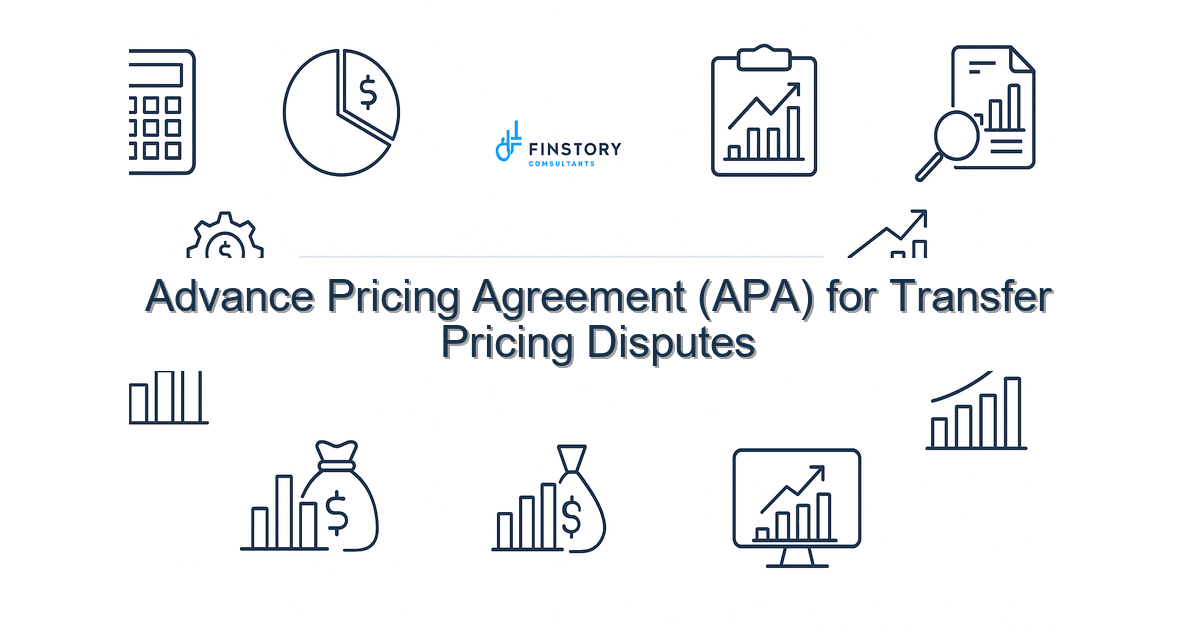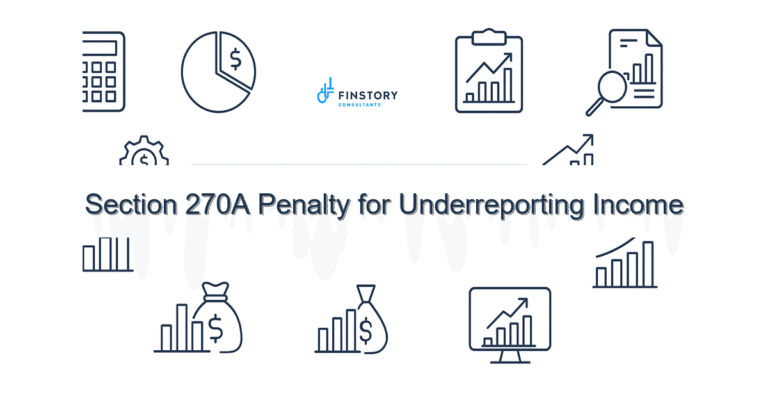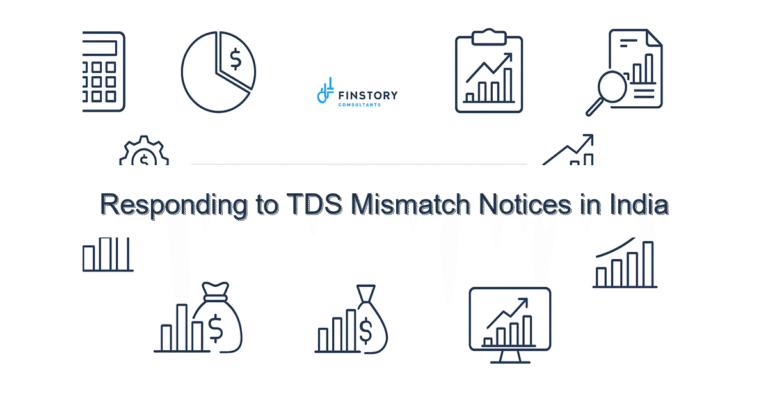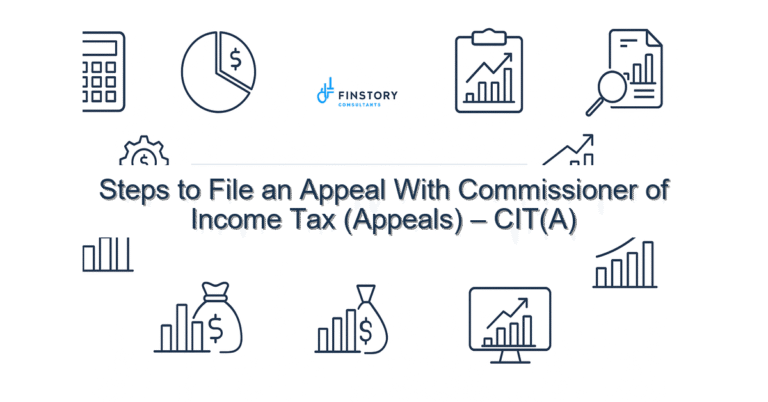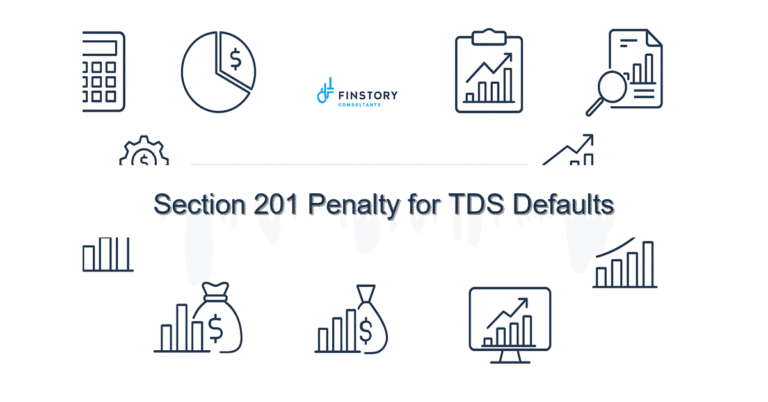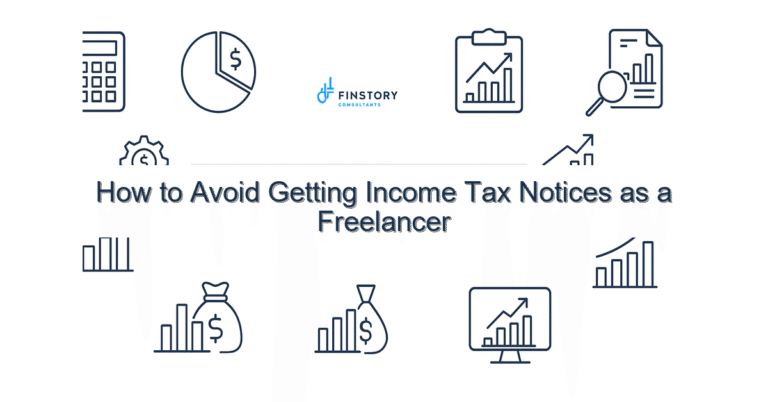Advance Pricing Agreement (APA) for Transfer Pricing Disputes
Feeling worried about a transfer pricing adjustment notice or unpredictable assessments? You are not alone — many salaried professionals, founders and MSMEs in India face the stress of cross-border transactions and uncertain tax positions. It’s possible to reduce that uncertainty with a practical, well-managed Advance Pricing Agreement (APA).
Summary: An APA is a pre‑approved method for pricing international related‑party transactions. For taxpayers in India, a successful APA brings certainty, reduces litigation and speeds up assessments — but it requires timely data, clear comparables and coordinated filing. If you deal with cross‑border services, royalties, loans or sale of goods with related parties, an APA may be worth exploring.
What’s the real problem in India?
Transfer pricing disputes arise because tax authorities and taxpayers often disagree on the arm’s length price for international related‑party transactions. In India, this is amplified by complexity around AY/PY (Assessment Year/Previous Year), CBDT timelines and the detailed documentation requirements under the Income Tax law. APAs offer a way to settle the pricing method up front, but the process and paperwork can be intimidating.
- Symptom 1: You receive a TP adjustment or show‑cause notice during an assessment year and face interest and penalties.
- Symptom 2: Repeated litigation or Transfer Pricing Officer (TPO) disputes that drag for years and increase compliance cost.
- Symptom 3: Lack of contemporaneous documentation, mismatched figures in AIS/26AS or unaligned TDS/TCS reporting leading to notices.
What people get wrong
Many taxpayers falsely assume an APA is only for large multinationals. Others expect an APA to be fast or cheap. Common mistakes include:
- Waiting until after an assessment notice to consider an APA — it’s usually a pre‑emptive solution.
- Using poor comparables or outdated benchmarking studies; TP studies must be robust and contemporaneous.
- Ignoring the reconciliation with AIS/26AS and TDS/TCS records — mismatches invite further queries.
- Thinking an APA replaces routine compliance — it reduces dispute risk but doesn’t change ITR filing last date or how you claim deductions like Section 80C limit items.
A better approach
Adopt a structured, proactive framework to evaluate and obtain an APA. This reduces surprise adjustments and gives you negotiating leverage with the CBDT or treaty partner in bilateral cases.
- Assess eligibility and materiality: Identify international transactions with associated enterprises that are material enough to justify APA costs.
- Prepare a solid TP study: Build contemporaneous documentation, select reliable comparables and benchmark margins, and reconcile numbers with AIS/26AS and TDS/TCS records.
- Pre‑filing consultation: Engage with experienced advisers to draft the application and negotiate with the APA cell to agree on the pricing method and scope (years, transactions, exceptions).
- Negotiate and conclude: For bilateral/multilateral APAs, coordinate with the treaty partner via MAP while the CBDT manages timelines and formal approvals.
- Implement and comply: Monitor periodic reporting, apply the agreed method consistently and document any deviations or extraordinary events.
Real‑world example: A Bengaluru SaaS founder with cross‑border user support fees faced a potential TP adjustment ~₹75 lakh. By preparing a strong benchmark study and pursuing a unilateral APA, the company secured an agreed margin and avoided a contentious assessment — the process gave the founder confidence for budgeting and fundraising.
Quick implementation checklist
- List all international transactions with related parties for the last 3 years and expected next 3 years.
- Run a preliminary materiality test (e.g., % of revenue or profit) to justify APA application.
- Collect contracts, invoices, intercompany agreements and contemporaneous evidence of functions, assets and risks.
- Prepare reconciliations with AIS/26AS, TDS/TCS statements and bank statements.
- Commission or update a transfer pricing benchmarking study with reliable comparables.
- Draft a concise APA application and identify the transaction years, method and fallback positions.
- Engage an adviser experienced with CBDT/APAs and, if bilateral, with treaty partner MAP experience.
- Set internal controls to apply the agreed pricing method consistently and to prepare periodic compliance reports.
- Keep governance evidence ready: board approvals, intercompany policies and operational segregation of duties.
What success looks like
When an APA is properly executed, taxpayers can expect measurable outcomes:
- Fewer notices and a significant reduction in TP adjustments for covered years.
- Faster ITR processing and lower likelihood of prolonged assessment litigation.
- Improved certainty for budgeting, financial projections and investor due diligence.
- Lower interest and penalty exposure from disputed years.
- Better alignment with treaty partners in bilateral/multilateral APAs, reducing double taxation risk.
Risks & how to manage them
No solution is risk‑free. APAs involve time, cost and detailed scrutiny. Manage risks by:
- Maintaining accurate, contemporaneous documentation to defend the agreed method in any subsequent review.
- Being realistic on timelines — unilateral APAs can take 12–24 months; bilateral may take longer depending on treaty partner coordination.
- Budgeting for professional fees and internal time — an APA is an investment that often pays off in dispute avoidance.
- Keeping your compliance (ITR filings, reconciling AIS/26AS, TDS/TCS returns) current while the APA is under negotiation.
Tools & data
Use these India‑specific tools and data sources to prepare a strong APA application:
- AIS/26AS statement for reconciling tax receipts and TDS/TCS claims.
- Income tax e‑filing portal and the APA cell guidance published by CBDT for application procedures and timelines.
- Benchmarking databases and commercial comparables tools for transfer pricing studies.
- Internal accounting systems, bank statements and intercompany invoicing logs.
- TDS/TCS tracking tools to ensure withholding and collection positions match the APA implementation.
FAQs
Q: Who can apply for an APA in India?
Any taxpayer (resident or non‑resident) with international transactions with associated enterprises can apply. Eligibility depends on the nature and materiality of transactions.
Q: How long does an APA take?
Timelines vary: unilateral APAs often take 12–24 months, while bilateral/multilateral APAs can take longer depending on the treaty partner and MAP negotiations.
Q: Is an APA binding if my facts change?
APAs are binding for the years specified but typically include clauses for unforeseen changes. Good documentation and timely disclosure help manage deviations.
Q: Will an APA affect my routine compliance like ITR filing last date or Section 80C limit claims?
No. An APA determines transfer pricing methods for specific transactions; it does not change statutory compliance timelines (like ITR filing last date) or deductions such as contributions under Section 80C limit. However, an APA can reduce audits and notices that otherwise delay finalisation of assessments.
Next steps
If your business has international related‑party transactions — even modest ones — it’s worth evaluating an APA. Start with a quick materiality check and a review of your current TP documentation. If you’ve had repeated disputes, or if you’re closing a funding round and need tax certainty for investors, an APA can change the conversation with tax officers and counterparties.
Want a practical review of your situation? We can help you decide whether a unilateral, bilateral or multilateral APA fits your case, prepare the benchmarking study, reconcile AIS/26AS and TDS/TCS records, and manage the APA negotiation with the CBDT.
check guidance on new vs old regime slabs, or capital gains indexation considerations if you have mixed domestic and international transactions.
Work with Finstory. Speak with an Expert for a personalised plan to reduce your tax outgo and stay compliant. Book a free 20-min consultation.
📞 Need help with Income Tax in India?
Book a 20-min consultation with our tax team. Individuals, founders & MSMEs welcome.
Prefer email or phone? Write to info@finstory.net
or call +91 44-45811170.
